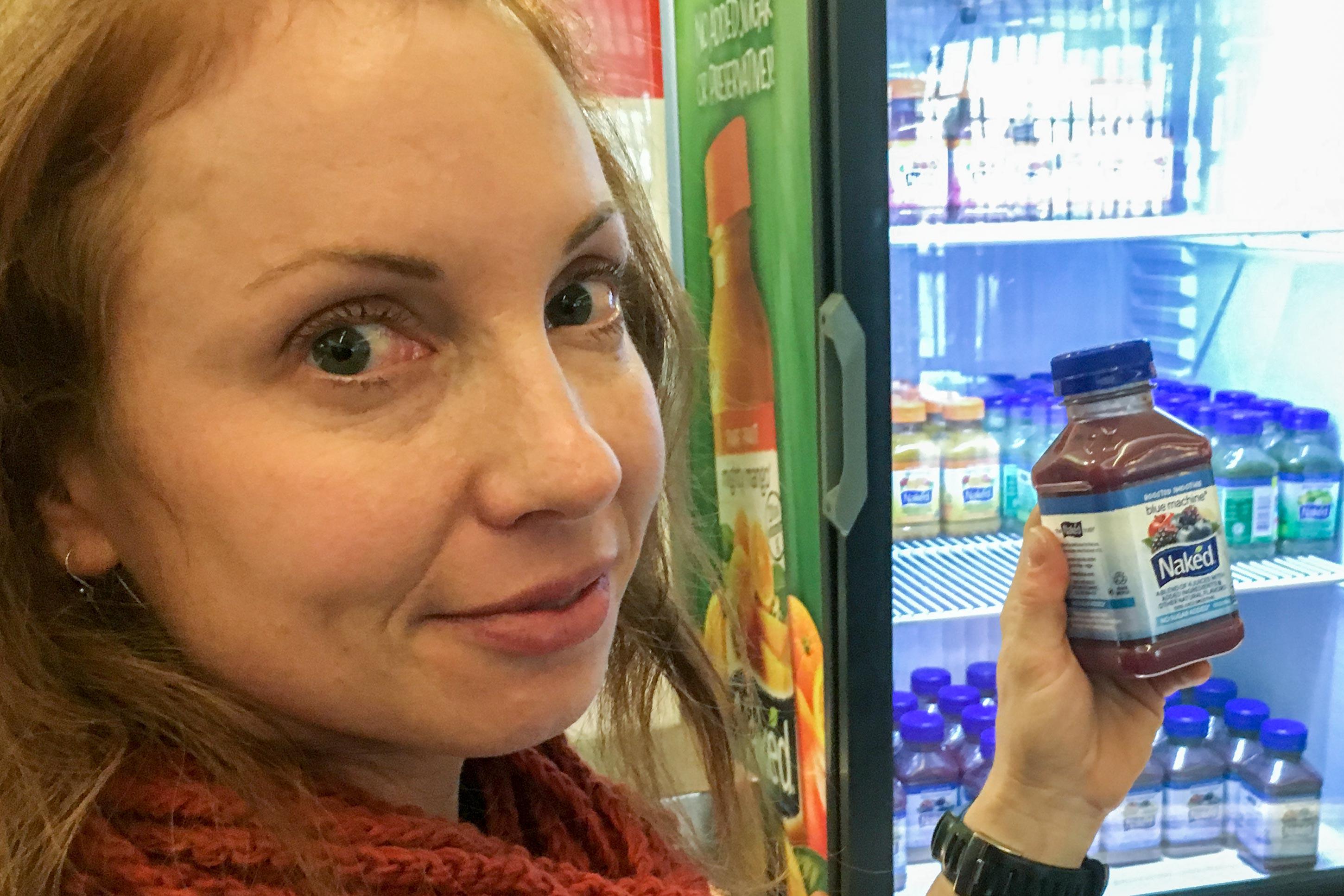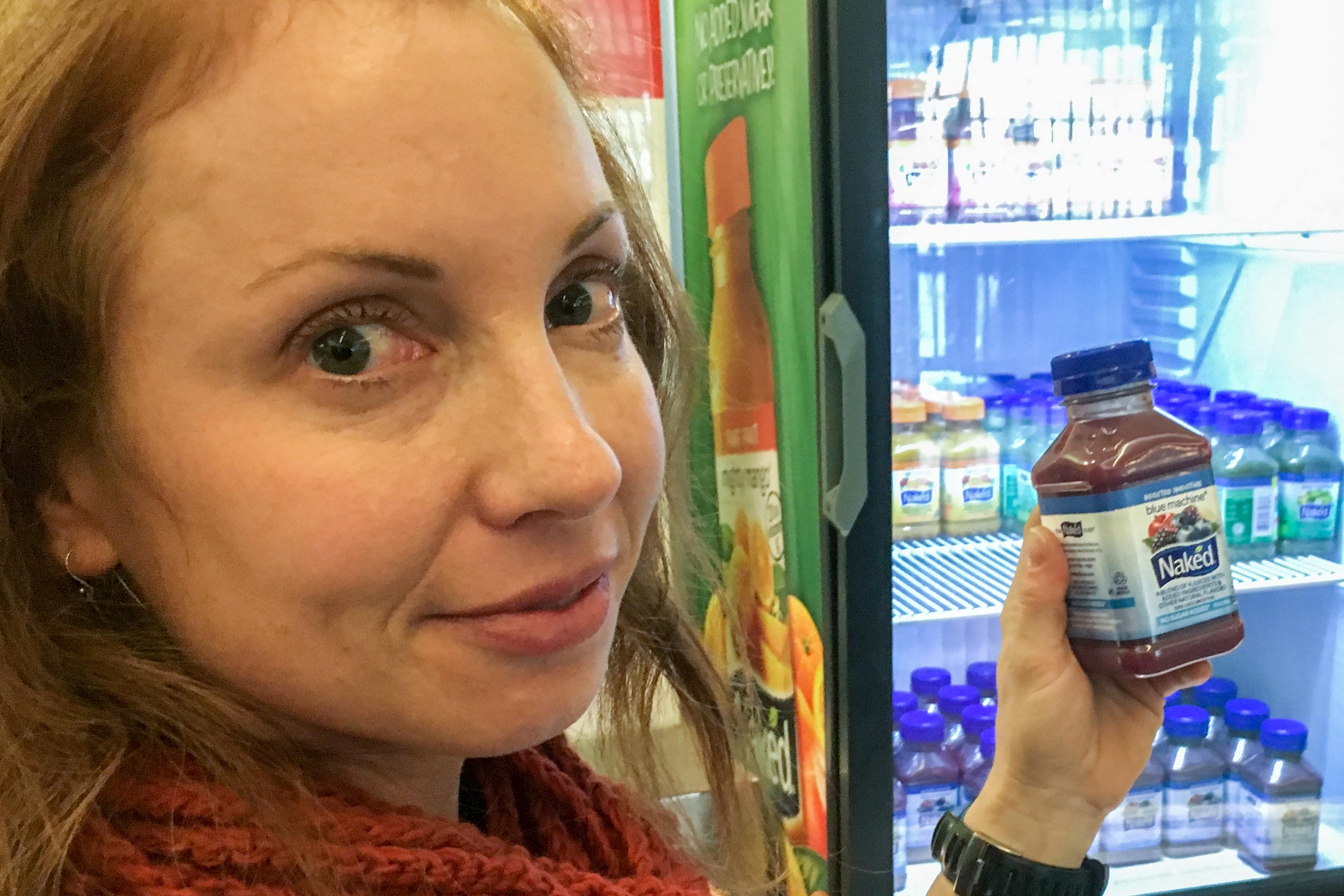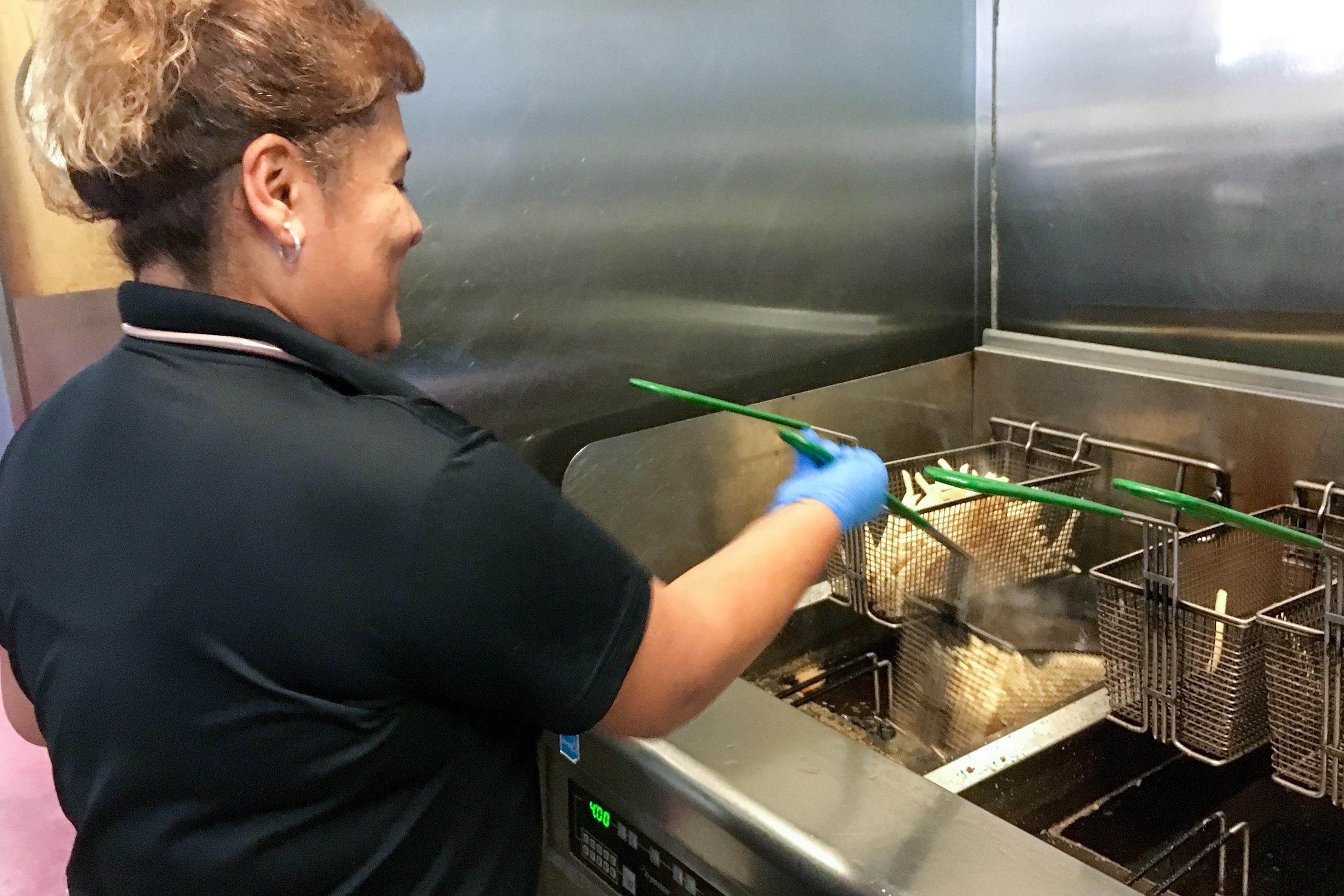

Virginia Donaldson’s days used to start with a big ol’ green chile-smothered burrito known as “the Beast.” It was a well-earned moniker because “it was huge, and it had potatoes, and [it’s] wrapped in a tortilla,” she said.
Donaldson summarized its appeal in one word: “awesome.” It wasn’t the only less-than-healthy choice she’d make at work. There was the sodas, “two, or three, four” a day, she said.
“I also became Type 2 diabetic and I weighed more than a Broncos linebacker. And I was in tears everyday.”
So the 23 year veteran of Children’s Hospital Colorado made a change. To chip away at her excess weight, she ditched the morning burrito and sugary drinks. She started exercising more, even using hospital stairwells for walking workouts. “In my first year, I dropped 40 pounds, because I stopped drinking soda,” Donaldson said.

Her story mirrors changes at her workplace and other hospitals across the state. The Colorado Healthy Hospital Compact is the nation’s only such statewide initiative. Twenty-five hospitals, roughly a quarter of the state’s 100 or so facilities, are promoting healthier food and drinks.
Katie O’Connor, who manages health promotion at Children’s, said food and drink options had to evolve for the sake of patients.
“Kids who start at a young age having weight gain and obesity generally maintain that throughout their lifetime,” O’Connor said.
Sugary beverages used to be available at Children’s — but they’re the number one contributor of sugar in kids’ diets, a leading cause of obesity and diabetes. O’Connor thought the hospital should dump sugary drinks. She met resistance, even from colleagues, “who say ‘you know, what if patient families are here? They should have a Coke, they should have fries, they should have a burger, whatever they need to have. It’s comforting.’”
But O’Connor says the hospital needed to offer comfort without so much sugar and fat. That’s because, despite its reputation for being home to the nation’s leanest adults, Colorado has gotten chunky. That’s especially true if you compare today’s population to a generation ago. More than one in Colorado five children is overweight or obese. That’s also true for more than half of adults. The rates are even higher for adults who are Hispanic, African-American or older.
To spotlight the trend, O’Connor created a sugar cube mountain at Children’s. It showed the 35 pounds of sugar a person would get drinking a can of soda every day for a year.
“People came up and said ‘Hey, my kids saw that, and now they don’t want to drink it. They think it’s really gross,’” O’Connor said.
Children’s cut out sugary beverages and replaced them with bottled water and small containers of 100 percent fruit juice. Sharon Crocco, the leader of the Colorado Healthy Hospital Compact, says there’s been a gap between what hospitals practice and what they preach.
“We’re saying ‘Hey you know, maintain a healthy weight, be physically active,’” Crocco said. “And everywhere you go there’s junk food.”

Since the compact started in 2014, four hospitals, a little less than 20 percent of those taking part in the Colorado program, have dropped sugary drinks, she said. If patients and visitors “want a soda, they can bring it in themselves,” but the participating hospitals don’t offer them.
At Children’s, the changes are hospital-wide, so instead of cafeteria fountains and vending machines there are refrigerators filled with healthier beverages. Since making the switch, Children’s Hospital recorded a 12 percent drop in overall beverage sales. Many people are now using refillable water bottles; bottled water sales are up from the previous year.
Some food choices are even color-coded. The healthy ones get a green sticker, and are often on the top row of food displays. Sugary snacks are typically relegated to near the floor, with a red dot.
Visitors, patients, and hospital employees, like nurse Liz Valdez all have to accept a new reality.
“I can tell you when I’ve been stressed out, I’m gonna be honest, I wanna for reach for something sweet,” said Valdez, admitting in a crunch that she’s a cookie eater. Studies have shown obesity is prevalent in workers with long weeks, night shifts, and stress. Valdez said that describes a lot of hospital employees. “And there’s days where you might forgo your lunch because you have a patient that needs you,” Valdez said.
Now she’s more likely to reach for a healthy snack.
Fellow nurse Eileen Schwartz said there hasn’t been a lot of pushback from patients or families.
“I think they all know that we’re trying to do what’s healthiest for their kids,” Schwartz said. “As a nurse, you really kind of see the impact that the American diet has on kids and so we need to really set the example for kids and families out there that there’s a healthier way to eat.”
The impact of all of the changes at Children’s is significant in terms of the number of people who consume food and beverages. More than 10,000 people work there, including contract workers, volunteers and interns. So far in 2017, the cafeteria made more than 664,000 individual sales, with customers spending an average of more than $5 per ticket.
The hospital also has a wellness program that promotes a variety of other measures: exercise — with incentives of up to $600 credit a year to an employee’s premiums for staying fit — smoking cessation, and breastfeeding.

The cost savings to the hospital are tough to nail down. But Katie O’Connor said that, on average, an overweight or obese employee costs an employer more than $2000 a year in direct or indirect medical expenses compared to an employee at a healthy weight. A 2014 study found obese workers cost more than double the amount of costs in health care, workers compensation and short-term disability than normal weight workers. Plus, O’Connor said, having a healthy workforce leads to a decrease in absenteeism and leave time, and an increase in employee engagement and productivity.
Still, the transition to healthier eating is a work in progress. Children’s Hospital Colorado had to adjust to an initial loss of revenue from sugary drinks. Some people worried about artificial sweeteners in the zero calorie sodas. And there are logistical challenges dealing with vendor contracts, revising menus, and finding sources for healthier options.
Right now, you can still hear the splatter and crackle of french fries in a deep fat fryer in the cafeteria. But the hospital may ultimately eliminate the fryers, just as four other hospitals around the state have done, in the push to prevent, rather the promote, obesity.









